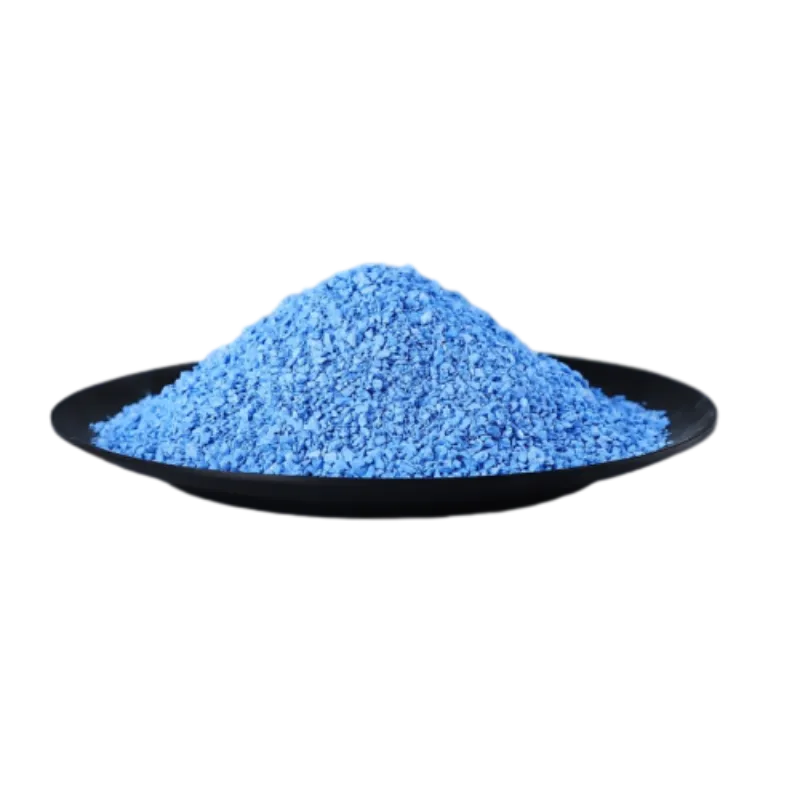
Aug . 07, 2024 18:10 Back to list
Exploring the Benefits and Applications of Acoustic Reflective Materials in Sound Management Solutions
Acoustic Reflective Materials Enhancing Sound Quality and Aesthetics
In the realm of architecture and interior design, the integration of acoustic reflective materials has become increasingly important in creating spaces that are both functional and aesthetically pleasing. These innovative materials are specifically designed to manipulate sound waves, enhancing auditory experiences in various environments, from concert halls and recording studios to offices and residential spaces.
Understanding Acoustic Reflection
Acoustic reflection pertains to the bouncing back of sound waves when they encounter a surface. This phenomenon plays a pivotal role in determining the auditory characteristics of a space. High-frequency sounds, such as those produced by musical instruments or human voices, can either amplify or diminish depending on the materials present in an environment. To achieve optimal acoustic performance, designers often use reflective materials that maximize sound reflection while preventing unpleasant echoes and distortions.
Types of Acoustic Reflective Materials
1. Wood One of the most commonly used acoustic reflective materials is wood. It is praised not only for its aesthetic qualities but also for its ability to effectively reflect sound. Different types of wood exhibit varying acoustic properties; hardwoods like oak and maple are particularly renowned for providing warm, rich sound quality, making them ideal for performance venues.
2. Plaster and Gypsum Board These materials are often used in the construction of walls and ceilings in various spaces. With proper treatment and finishing, they can enhance sound reflection. Plaster finishes can be textured or smooth, influencing how sound waves interact with the surfaces.
3. Metal Panels Metal is increasingly being used in modern architecture for its distinctive look and durability. Reflective metal panels can bounce sound waves effectively and are used in a variety of settings, from concert halls to creative art installations. Aluminum is a popular choice due to its lightweight nature and aesthetic versatility.
acoustic reflective materials

4. Glass While primarily associated with transparency and light, glass can also function as a reflective surface for sound waves. Its use in acoustic design is often accompanied by strategic placement to ensure that sound quality is optimized, especially in spaces where clarity is essential.
Applications of Acoustic Reflective Materials
The applications of acoustic reflective materials are vast and varied. In concert halls, for instance, the strategic use of reflective surfaces helps to amplify sound and enhance the listening experience. The placement and choice of materials can significantly influence how sound travels through the space, creating an immersive auditory environment for audiences.
In recording studios, acoustic reflection plays a crucial role in capturing clear sound. Reflective materials are used in combination with absorptive materials to create a balanced acoustic environment. This hybrid approach helps to minimize unwanted echoes while maintaining the integrity of the sound.
Moreover, in open office spaces, the integration of acoustic reflective elements can improve communication and reduce noise pollution. Properly designed spaces can enhance productivity by creating an environment where sound travels efficiently without overwhelming distractions.
Conclusion
Acoustic reflective materials are a cornerstone of modern acoustic design. Their ability to manipulate sound waves not only enhances auditory experiences but also contributes to the overall aesthetic of a space. As architects and designers continue to explore innovative ways to integrate these materials, the possibilities for creating harmonious environments that balance sound and beauty are limitless. Thus, understanding and utilizing acoustic reflective materials will remain an integral part of designing functional and appealing spaces in the future.
-
Durable Shingle Granules for Premium Roofs
NewsJul.31,2025
-
Stone Coated Metal Roof Tile-Roman Tile for Durable Roofing Solutions
NewsJul.30,2025
-
Stone Coated Metal Roof Tile-Wood Grain Tile for Durable Roofing
NewsJul.30,2025
-
Stone Coated Metal Roof Tile-Nosen Tile: Durable, Stylish Roofing Solution
NewsJul.29,2025
-
Premium Moonlight White HIREFLE Granules for High-Quality Surfaces
NewsJul.29,2025
-
Stone Coated Metal Roof Tile-Grouper Tile | Durable & Stylish Roofing
NewsJul.29,2025







